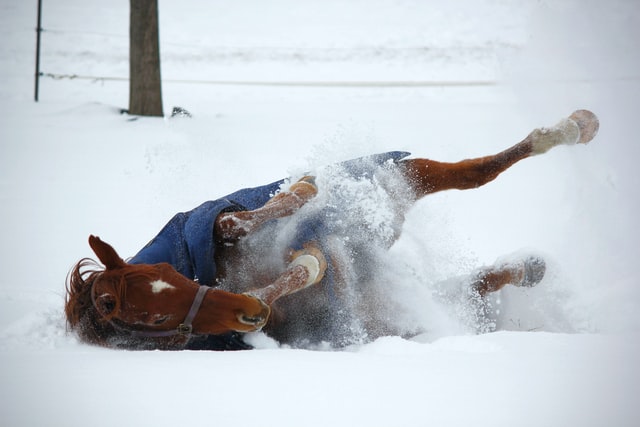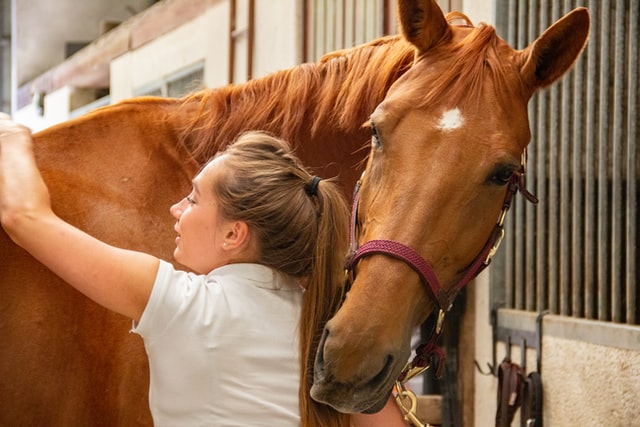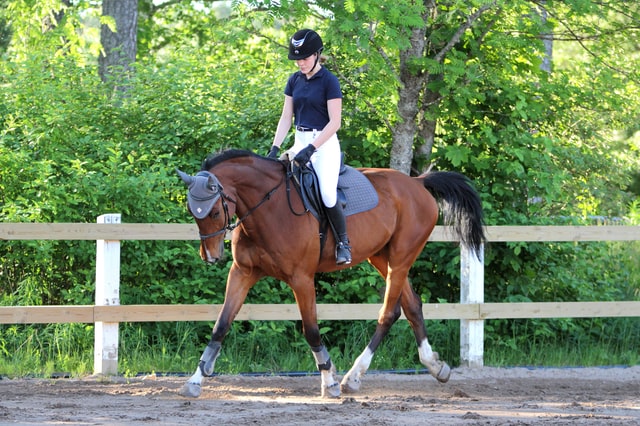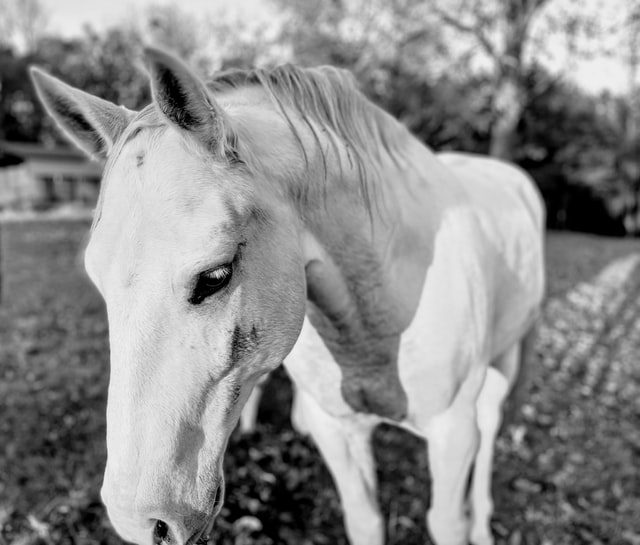What is a Pre-Purchase Exam and Why Do You Need One?
Last week, we talked about How Much it Costs to Own a Horse.
This week, now that we’ve identified how much a horse costs, we’ll talk about what you should do before you buy a horse – the pre-purchase exam.
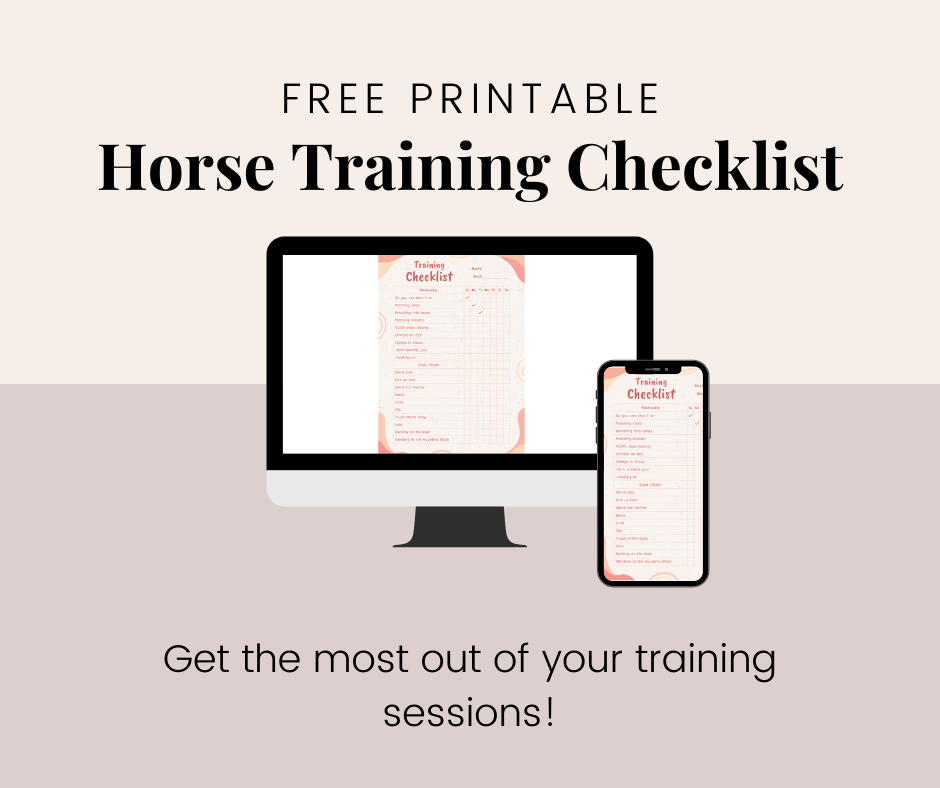
This article will talk about the various steps of the pre-purchase exam and who you need one.
We highly recommend paying for a pre-purchase exam, also known as a “vetting”.
The initial cost of the horse is actually the cheapest part of owning a horse.
Knowing what kind of condition your horse is in before you bring him home is simply a good idea.
You wouldn’t buy a car without knowing how many miles were on it.
A pre-purchase exam will help you figure out how many figurative “miles” of wear and tear your horse has seen.
It is incredibly important to know that there is no pass or fail in a pre-purchase exam.
The entire goal of a pre-purchase exam is to identify if the horse you are looking at will suit your needs (that you identified in part 1).
All horses will have some physical wear and tear – the question is if the level of wear and tear will still accommodate the level of activity you plan to do.
Speak with your vet beforehand to talk about your expectations when it comes to the pre-purchase exam.
Talk about an estimate cost, and go over your checklist from the inspection – did anything present itself during your visits to the horse that concern you?
Your vet will be able to recommend how intensively you need to examine your potential new horse.
Usually you’ll want to discuss the need for x-rays prior to purchase.
Unless there was something concerning during your ride, or you plan on competing and maintaining a high level of athleticism, you may not need to x-ray the horse’s legs at all.
However, as you’ll see, that may change depending on how the horse performs for the pre-purchase exam.
But talk to your vet beforehand so you’ll understand how much x-rays will cost you, should you decide to take them.
In addition to cost, be sure to specify to your vet the intended use of the horse you’re looking at.
For example, a jumper will need “cleaner” legs than a dressage or trail horse.
For the pre-purchase exam, you’ll want to use your normal vet, unless they are already affiliated with the seller.
If they are, we recommend finding an impartial third party to perform the exam.
If the seller refuses to use anyone besides their own vet, we recommend moving on to another prospect.
NOTE: be sure to ask the seller for previous pre-purchase exam results – if a joint was affected years ago and is the same level of disease in current x-rays, that could lend some insight on whether the horse will remain sound for your intended purposes.
Medical History
More than likely, your vet will start with the medical history of the horse.
Your vet is looking for anything out of the ordinary that may lead to follow up questions, or cause him to look a little closer at one aspect of the horse.
Perhaps the horse had surgery in the past on a fetlock. Your vet will want to spend extra time ensuring that they surgery did, in fact, heal the injury.
Your vet will also be looking at routine healthcare, ensuring that the horse is up to date on all essential shots and deworming.
Physical Exam
Just like a human physical, your vet will then look the horse over, listening to the heart, lungs, GI tract, and looking closely as the eyes, teeth, and musculoskeletal system.
Your vet will take note of any conformation defects, any visual lumps or abrasions and hoof health.
For example, a well-worn abrasion on the heel of a front foot could be caused by repetitively overreaching with a hind leg.
Moving Exam
Next, your vet will watch the horse in motion.
Usually they will watch the horse move away, and toward them in hand at a walk – then repeat these movements at at trot.
Sometimes they will also request to see the horse walk, trot and canter on a lunge line or under saddle, looking for any inconsistencies in rhythm, footfalls, joint angles, etc.
They are trying to gauge any movement defects that could affect the suitability for what you intend to do with the horse, or soundness in the future.
Then your vet will perform flexion tests.
This is where your vet will bend each of the horse’s leg joints in an extreme bend for a few seconds and then watch how the horse trots off immediately afterwards.
If there is any kind of pain or stiffness, it may be worth investigating further with x-rays.
Imaging
Whether you have decided before the pre-purchase exam to take x-rays or your vet discovers something worth investigating, the final step – and most expensive part of a pre-purchase exam – is the imaging.
This is where veterinary work becomes an art, as well as a science.
Some horses with horrible-looking joints on an x-ray, go on to have long and healthy competitive lives.
Others with perfectly normal x-rays are continuously lame.
Additional Tests
A Coggins test is required whenever a horse changes hands or crosses over state lines, so if you decide to buy, blood can be drawn at the end of the pre-purchase exam.
Your vet may also recommend a drug test and a Complete Blood Count (CBC) to be drawn to establish baselines for your horse if they will continue to be under your vet’s care.
Your vet will take into consideration everything from the movement phase, the physical examination, the flexion tests, the x-rays, and the intended use of the horse and make a recommendation to you whether the horse you’re inspecting would make a good match for you.
Or they will give you all of the information they’ve gathered and let you make an informed decision.
Try not to let emotions make the decision for you, as this can cause you time, stress, and money down the road.
NOTE: also understand that a pre-purchase exam is not a guarantee of future soundness.
No one can predict when a horse will throw a shoe, or develop a disease, or break a leg in the field.
A pre-purchase exam is simply a snapshot of a horse’s health and suitability at a given time.
